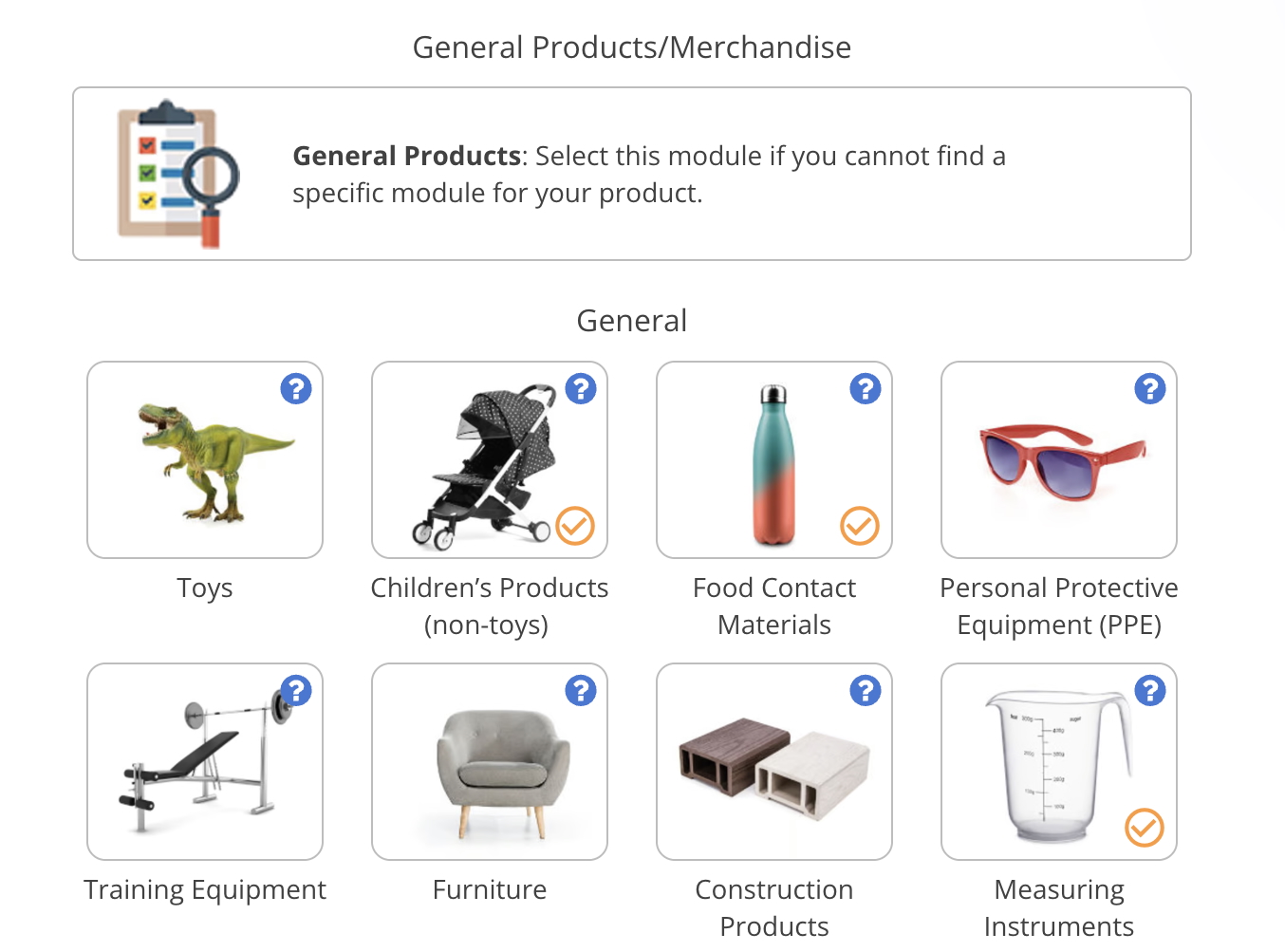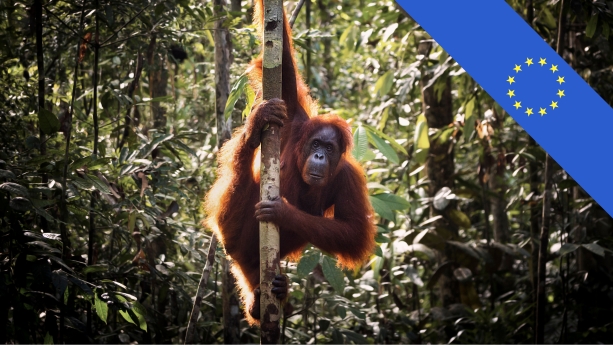
The EU Deforestation Regulation (EUDR) sets requirements for products containing or made from wood, rubber, and other commodities. It also establishes a system for assessing the level of risk that a country where you source your materials poses in terms of deforestation, forest degradation, and agricultural land expansion.
Most countries are classified as low risk, around fifty countries are classified as standard risk, and only four countries are classified as high risk. Some of the requirements that operators and traders are subjected to change depending on the country classification.
This guide explains the EUDR country risk classifications and how such classifications impact companies that must comply with the regulation. It also provides the complete list of low-risk, standard-risk, and high-risk countries.
Content Overview

FREE CONSULTATION CALL (30 MIN)
 Ask questions about compliance requirements
Ask questions about compliance requirements Countries/markets:
Countries/markets:
 Learn how we can help your business
Learn how we can help your business
You will speak with:Ivan Malloci or John Vinod Khiatani
What are the EUDR country risk classifications?
The EUDR sets a three-tier assessment system for determining how much risk a given country poses to deforestation. Countries are assessed by the EU and categorised as “high-risk”, “standard-risk”, or “low-risk” based on:
- Their rate of deforestation and degradation of forests
- Their rate of agricultural land expansion for covered commodities
- Their trends of producing relevant commodities
According to the regulation, countries are classified as:
a. High-risk – When they present a high risk of producing non-compliant products based on the above-mentioned criteria
b. Low-risk – When they present a low risk of producing non-compliant products based on the same criteria
c. Standard-risk – When they are not classified as either “high risk” or “low risk”
Commission Implementing Regulation (EU) 2025/1093 laying down rules for the application of Regulation (EU) 2023/1115 as regards a list of countries that present a low or high risk of producing relevant commodities lists “low risk” and “high risk” countries. For example, it classifies Myanmar as a high-risk country and Canada as a low-risk country.
Additionally, the EU guidance page “Country Classification List” lists “low risk”, “standard risk”, and “high risk” countries.
How country risk classification impacts EUDR requirements
The country classification affects the requirements that operators and traders must comply with. You can find the definitions of operators and traders in this guide.
Low-risk country
1. Non-SME operators and non-SME traders can use the simplified due diligence procedure provided in Article 13. This means that they are not required to comply with the risk assessment and risk mitigation requirements in Articles 10 and 11.
However, such companies must still comply with the following requirements:
- Due Diligence Statement submission (Article 4)
- Collecting and retaining data, documents, and information (Article 9)
- Establish and maintain due diligence systems, including reporting and record keeping (Article 12)
- Provide relevant documentation demonstrating that there is a negligible risk of circumventing the EUDR, upon request (Article 13)
2. SME operators are not directly affected by the country’s level of risk if their supplier has already complied with the due diligence requirements. This is because, in this case, they are only required to obtain the reference number of the Due Diligence Statement provided by their supplier and establish a due diligence system (Article 12).
3. SME traders are not affected by the country’s level of risk because they are only required to collect information concerning their supplier, as specified in Article 5.
Standard-risk countries
There may be cases where your commodities or products originate from countries classified as standard risk. You cannot use simplified due diligence in this case. In such situations, you should comply with the following additional due diligence requirements:
- Performing risk assessments (Article 10)
- Mitigating risks (Article 11)
High-risk country
If your products come from high-risk countries, you need to comply with the same requirements that apply to products from standard-risk countries.
However, according to the regulation, competent authorities carrying out checks using risk criteria should pay “special attention” to countries classified as high-risk.
Specifically, Article 16 claims that national authorities should conduct the following percentage of annual checks on operators based on the risk classification of the country of origin for relevant commodities:
- 1% for products from low-risk countries
- 3% for products from standard-risk countries
- 9% for products from high-risk countries
Comparison
This section explains how different entities are impacted by the country risk classification.
| Company type | Low risk | Standard risk | High risk |
| Operators | In this case operators should exercise simplified due diligence according to the requirements of Article 13.
They should also: a. Create and submit a Due Diligence Statement (Article 4) b. Comply with information requirements (Article 9) c. Establish and maintain due diligence systems, including reporting and record keeping (Article 12) |
a. Create and submit a Due Diligence Statement (Article 4)
b. Collect information, documents, and data (e.g. country of production, geolocation of land plots with deforestation or forest degradation) per Article 9 c. Carry out risk assessments on “high-risk”, “low-risk”, and “standard-risk” countries per Article 10 d. Where risk assessments determine the presence of risks of noncompliance, operators should mitigate those risks per Article 11 e. Establish and maintain due diligence systems, including reporting and record keeping (Article 12) |
Same due diligence obligations as operators dealing with products from standard risk countries/ |
| SME Operators | According to Article 4(8), SME operators whose supplier has already submitted a Due Diligence Statement are only required to obtain the reference number of the statement and establish a due diligence system according to article 12.
If their supplier has not submitted the statement, then they need to comply with the same obligations of non-SME operators (except the reporting requirements set by Article 12). |
Same obligations as SME operators whose products come from low-risk countries.
However, if their supplier has not submitted the statement, the same obligations of non-SME operators dealing with standard risk countries apply (excluding the reporting requirements set by Article 12). |
Same obligations as SME operators whose products come from standard-risk countries. |
| Traders | According to Article 5(1), non-SME traders are considered the same as non-SME operators. | Same obligations for traders whose products originate from low-risk countries. | Same obligations for traders whose products originate from low-risk countries. |
| SME Traders | According to Article 5(3):
a. Retain operator or trader information (e.g. name and email address) and reference numbers of due diligence statements b. Retain the above information and provide it to the authorities upon request c. Inform authorities if made aware of products at risk of non-compliance |
Same obligations for SME traders whose products originate from low-risk countries. | Same obligations for SME traders whose products originate from low-risk countries. |
FAQ
Are low-risk countries exempt from the EUDR?
Low-risk countries are not exempt from the EUDR. Operators and traders whose products come from low-risk countries need to ensure their products are:
- Deforestation free
- Produced legally per the producing country’s laws
- Covered by due diligence statement
However, they can use the simplified due diligence, as explained in Article 13.
Are standard risk countries exempt from the EUDR?
Standard-risk countries are not exempt from the EUDR’s requirements. In fact, the operators and traders whose products originate from standard-risk countries need to adhere to stricter requirements than those whose products originate from low-risk countries.
In particular, they have to exercise full due diligence by:
- Submitting a due diligence statement
- Complying with information and data requirements (e.g. name and email address)
- Performing risk assessments and risk mitigation
- Establishing and maintaining due diligence systems, including reporting and record-keeping
Are high-risk countries subject to stricter EUDR requirements?
The requirements for high-risk countries are stricter than the requirements for low-risk countries, while, according to our research, they are the same as standard-risk countries.
However, according to Article 16, competent authorities should perform annual checks on at least 9% of operators and 9% of the quantity of products from high‑risk countries. This is higher than that of operators and traders whose products come from low-risk or standard-risk countries, at 1% and 3% respectively.
How are operators impacted by the risk category?
Operators can use simplified due diligence for products from low-risk countries. This means that they are not subject to the following requirements:
- Performing risk assessments according to the requirements in Article 10
- Applying risk mitigation if needed, per the requirements in Article 11
How are traders impacted by the risk category?
It depends on whether the traders are non-SME traders or SME traders.
a. Non-SME traders are considered the same as non-SME operators, and thus are subject to their same obligations:
- Simplified due diligence for low-risk countries
- Full due diligence for standard-risk and high-risk countries
b. SME traders have the same obligations regardless of whether the product came from a low-risk, standard-risk, or high-risk country, as they must collect and retain:
- Supplier information
- Customer information
- Due diligence statement reference numbers
What is the EUDR risk classification for EU member states?
There are 27 member states in the European Union, all of which are classified as low-risk countries.
What is the EUDR risk classification for the United Kingdom?
The EUDR classifies the United Kingdom as a low-risk country.
What is the EUDR risk classification for the United States?
The EUDR classifies the United States as a low-risk country.
What is the EUDR risk classification for China?
The EUDR classifies China as a low-risk country.
What is the EUDR risk classification for Indonesia?
The EUDR classifies Indonesia as a standard-risk country.
Note: Commission Implementing Regulation (EU) 2025/1093 does not list Indonesia, as the regulation only lists low-risk and high-risk countries. You can, however, see that the EU’s Country Classification List guidance page indicates Indonesia as a standard-risk country.
EUDR Country Risk Classification List
This section features the complete list of countries and their respective risk classifications.
Both the EU’s Country Classification List and Commission Implementing Regulation (EU) 2025/109 include the full list of low- and high-risk countries. However, the Classification List page also provides a list of standard-risk countries.
Low-risk countries
Afghanistan, Albania, Algeria, Andorra, Antigua and Barbuda, Armenia, Australia, Austria, Azerbaijan, Bahamas, Bahrain, Bangladesh, Barbados, Belgium, Bhutan, Bosnia and Herzegovina, Brunei Darussalam, Bulgaria, Burundi, Cabo Verde, Canada, Central African Republic, Chile, China, Comoros, Congo, Costa Rica, Croatia, Cuba, Cyprus, Czechia, Denmark, Djibouti, Dominica, Dominican Republic, Egypt, Estonia, Eswatini, Fiji, Finland, France, Gabon, Georgia, Germany, Ghana, Greece, Grenada, Guyana, Hungary, Iceland, India, Iran (Islamic Republic of), Iraq, Ireland, Italy, Jamaica, Japan, Jordan, Kazakhstan, Kenya, Kiribati, Kuwait, Kyrgyzstan, Lao People’s Democratic Republic, Latvia, Lebanon, Lesotho, Libya, Liechtenstein, Lithuania, Luxembourg, Madagascar, Maldives, Mali, Malta, Marshall Islands, Mauritius, Micronesia (Federated States of), Monaco, Mongolia, Montenegro, Morocco, Nauru, Nepal, Netherlands (Kingdom of the), New Zealand, North Macedonia, Norway, Oman, Palau, Palestine, Papua New Guinea, Philippines, Poland, Portugal, Qatar, Republic of Korea, Republic of Moldova, Romania, Rwanda, Saint Kitts and Nevis, Saint Lucia, Saint Vincent and the Grenadines, Samoa, San Marino, São Tomé and Príncipe, Saudi Arabia, Serbia, Seychelles, Singapore, Slovakia, Slovenia, Solomon Island, South Africa, South Sudan, Spain, Sri Lanka, Suriname, Sweden, Switzerland, Syrian Arab Republic, Tajikistan, Thailand, Timor-Leste, Togo, Tonga, Trinidad and Tobago, Tunisia, Türkiye, Turkmenistan, Tuvalu, Ukraine, United Arab Emirates, United Kingdom of Great Britain and Northern Ireland, United States of America, Uruguay, Uzbekistan, Vanuatu, Vietnam, Yemen.
Standard risk countries
Angola, Argentina, Belize, Benin, Bolivia (Plurinational State of), Botswana, Brazil, Burkina Faso, Cambodia, Cameroon, Chad, Colombia, Côte d’Ivoire, Democratic Republic of the Congo, Ecuador, El Salvador, Equatorial Guinea, Eritrea, Ethiopia, Gambia, Guatemala, Guinea, Guinea-Bissau, Haiti, Honduras, Indonesia, Israel, Liberia, Malawi, Malaysia, Mauritania, Mexico, Mozambique, Namibia, Nicaragua, Niger, Nigeria, Pakistan, Panama, Paraguay, Peru, Senegal, Sierra Leone, Somalia, Sudan, Uganda, Tanzania (United Republic of), Venezuela (Bolivarian Republic of), Zambia, Zimbabwe.
High-risk country
Belarus, Democratic People’s Republic of Korea, Myanmar, Russian Federation.

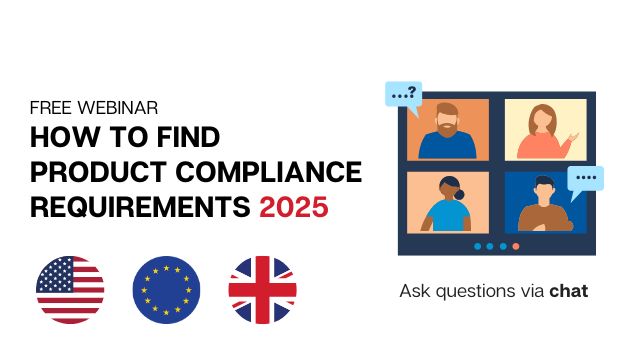
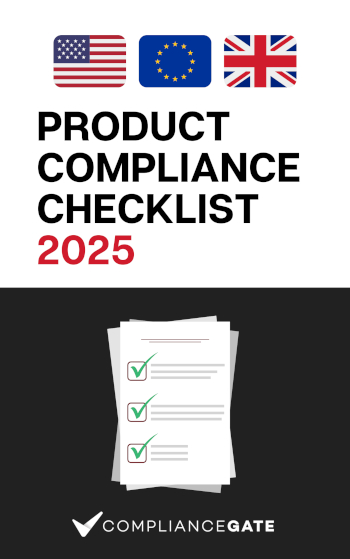


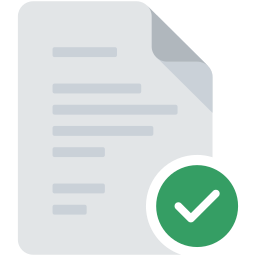

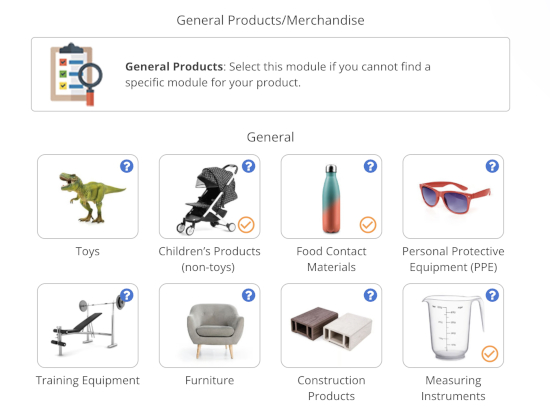






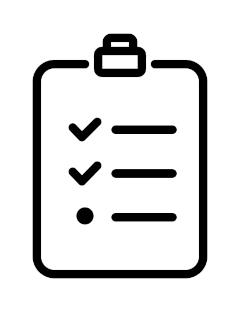


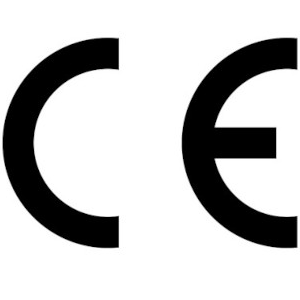




.png)
.png)
.png)
